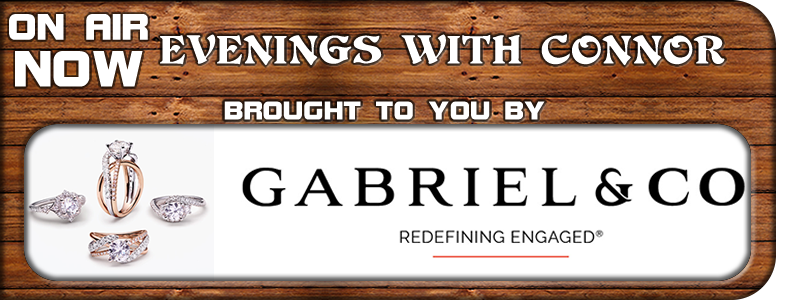The Prime Minister’s Office (PMO) tells CTV News that Carney’s new cabinet will be a more focused roster, and while the core slate of cabinet ministers is expected to stay under 30 people, he’ll also be appointing up to 10 secretaries of state. This return to a practice used by past prime ministers — while not employed by former prime minister Justin Trudeau — of using junior ministers, will see Carney’s central team take the lead on the biggest portfolios, while the secretaries of state could be tapped to stickhandle specific files. More than 50 per cent of those being sworn-in at Rideau Hall tomorrow will be rookies, according to PMO. Sources tell CTV News that two rookies who will be among those promoted are former Vancouver mayor Gregor Robertson, who will take over the housing file, and former Quebec cabinet minister Carlos Leitao, whose title has yet to be confirmed. While two sources initially told CTV News that longtime minister Chrystia Freeland was on her way out, CTV News has since learned she is to remain in cabinet, and is expected to be in attendance at tomorrow’s swearing-in ceremony. Cabinet team will be two-tieredCarney opting to appoint two levels of key Liberals comes as part of his aim to streamline decision-making. According to a PMO source, the secretaries of state wouldn’t take part in all major cabinet meetings or cabinet committees, but could be tapped in on specific issues or government-wide decisions. Per parliamentary rules, anyone Carney names a cabinet minister will receive a $99,900 top-up to their MP base salary, while secretaries of state are slated to see salary top-ups of $74,700. “In lieu of having many more ministers around the table, he wants a smaller group to get to decision making more expeditiously. That’s clear,” said Marci Surkes, the chief strategy officer and managing director at Compass Rose, in an interview with CTV News on Monday. “Tiering is not a negative. In fact, if you look at other Westminster models, this is very commonplace in terms of how cabinets organize themselves,” said Surkes, who played key roles behind the scenes during Justin Trudeau’s tenure, including as executive director of policy and cabinet affairs in the Prime Minister’s Office between 2019 and 2022. “Mr. Trudeau chose to organize his cabinet in a different way. This is the prime minister’s prerogative… But it doesn’t mean that junior ministers, so to speak… have less of a role to play.” “What it allows for is very robust decision making to happen with that core group of ministers, but you can, and on a regular basis, have the ability to tap into a broader group for different perspectives from some of the smaller portfolio agencies that actually bring a lot of color and importance to those decisions,” Surkes said. “But they may not be key to being there all of the time, and that’s okay. Rookies to keep an eye onExpect this new front bench to be made up of those Carney thinks can deliver quickly on his promise to set Canada on a “new path.” Several prominent names won a seat in last month’s election, whether they entered politics for the first time, or made the switch from municipal or provincial government. Some of those include former broadcaster Evan Solomon, former IBM Canada CEO Claude Guay, and engineer and survivor of the École Polytechnique mass shooting Nathalie Provost. Meanwhile, Carney’s first cabinet — which was sworn in, in mid-March — kept some of Trudeau’s longtime ministers and core team in place, including Dominic LeBlanc, Melanie Joly, Francois-Philippe Champagne, and Anita Anand. Cabinet choices ‘set the tone’Surkes said that deciding who is going to be in the ministry “sets the tone for the entirety of the mandate.” “The prime minister understands that, (his) closest advisors understand that. They know that to the extent possible, there’s little room for error,” she said. Surkes said watch for Carney to leverage having a more regionally diverse roster, and recruits with big resumes. “The prime consideration for Mr. Carney is going to be ‘who has the skills to take the decisions and to lead at this critical moment for our country?’ Period. End of sentence.” “He is running this cabinet like a business. He’s running the government of Canada like a corporation,” Surkes said. “And for the moment we are in, it makes a lot of sense to have a more streamlined perspective around that big table.” According to Scott Reid — a CTV News political analyst and former communications director to former prime minister Paul Martin — Carney doesn’t seem to want to “play incremental games.” “Early in his leadership campaign, Mark Carney said this to Radio-Canada: he said, ‘no crisis, no Mark Carney,’ and I think he genuinely believes that and feels that,” Reid said on CTV Question Period’s Sunday Strategy Session panel. “It isn’t just a question of who you pick,” Reid added. “It’s also a question of the priorities you’ve established and the focus and concentration of your agenda that comes out of this transition.” Reid also said he’s predicting “getting things done is going to be a watermark for this prime minister.” The new cabinet is set to be sworn in at Rideau Hall Tuesday morning at 10:30 a.m. EDT.
|































